Welcome to To Vegetables, With Love, a celebration of a vegetable life, less ordinary. ‘ Find archived recipes on my recipe index.
My book Tenderheart is available from Books are Magic, Kitchen, Arts and Letters, Book Larder, Bold Fork Books and also here or here.
This week’s recipe is unlocked for all.
In 2015, not long after arriving in Brooklyn, I took a kimchi workshop at a local art studio. The class was run by Kala Sung, and her approach to kimchi was so unique and eye-opening, that it has had an enduring influence on how I eat and prepare kimchi today.
Kala’s introductory Kimchi 101 class was a true beginner’s guide. There was a slideshow, followed by a presentation on how to make kimchi paste (a vegan one too!). Kala then showed us how to use the paste to make a standard cabbage kimchi, along with kimchi made with cucumber, radish, scallion, okra and even watermelon. We tasted a scallion kimchi which had been fermented for over two years, with a deep funk and aggressive umami. In contrast to her aged scallion ferment, she then showed us a different type of kimchi - a fresh one made by simply tossing the paste with vibrant purslane leaves, suitable for immediate consumption. I was smitten, enchanted by how delicate leaves could so valiantly stand up to such a feisty sauce.
Kala’s class opened my eyes to the possibilities of kimchi, with an appreciation for the long ferments that we mostly consume, but also a new appreciation for using kimchi paste as a salad dressing.
In the second and final installment of my savoury rhubarb miniseries, I have used a version of the kimchi paste I learnt at Kala’s class to make a rhubarb and scallion kimchi. The paste is vegan, using seaweed for umami and apple for sweetness (these are my customizations). The rhubarb can be eaten immediately, offering a tart crunch, however it also stands up to a long ferment in the fridge. Like all kimchi, this rhubarb and scallion kimchi intensifies with flavor over time, releasing moisture while retaining a juicy firmness. Eat as a snack from the fridge or serve in a salad. I particularly like it in a grain bowl, with avocado and massaged kale, or served with pan-fried garlicky mushrooms.
Beyond kimchi, this paste can be used with most vegetables. You could just use it as I have described above, tossed through leaves or suitable-to-be-eaten-raw vegetables for a fresh and punchy bite. For other soft vegetables such as zucchini, asparagus, daikon, mushrooms, carrot, fennel, kale, bean sprouts and of course, cabbage, follow the principle of salting the vegetable first to draw out moisture, before drying it and then coating in the paste; store in a clean jar, in the fridge. I hope you have fun kimchi-ing rhubarb and other vegetables (and fruit) too. Let me know about your experiments.
SPECIAL EVENT REMINDER: SUBSTACK LIVE WITH ERIN GLEESON
Are you ready to paint?
, the author of the wonderful new book The Watercolour Feast will lead us in a PAINT AND COOK LUNCH HOUR this Wednesday! We will be painting an avocado! I hope you will join us, paint along and then cook with us.Wednesday May 21, 1 PM ET
(to join, subscribe to this newsletter and make sure you have downloaded the Substack app on your smartphone)
If you’d like to paint with us, you’ll need some watercolor paint, a brush, water and watercolour paper. If you don’t have watercolour or if you are a newbie like me, below are some art supplies that you may consider acquiring before our LIVE event.
I am a complete novice so this is what I use:
Winsor & Newton Cotman Watercolors - Sketcher's Pocket Set of 12
Winsor & Newton Classic Watercolor Paper Postcard Pad
Erin has kindly supplied a list of things that she uses and likes:
Kuretake Paints (48-color set)
Strathmore 5x7” postcard-size watercolor paper
Winsor & Newton Brushes
Here are a few more links to other supplies that are more affordable:
Paint sets in a metal case
Multi pack of affordable brushes
Thick postcard paper with torn edges
Affordable 48-color paint set
Bulk pack of paper (slightly thinner than the Strathmore but decent and much more affordable per sheet, great for my kids who blow through paper!)
All NYT Cooking recipes have gift links:
Monday: I am so excited to share this brand spanking new recipe for Noodle Okonomiyaki (Cabbage and Egg Pancakes). It’s an untraditional okonomiyaki, with the additional of instant ramen noodles, making it a full, hearty meal!
Tuesday: Another new recipe - Chickpea, Spinach and Feta Pie. This recipe is for those who think filo pastry is too fiddly because it rips/dries/cracks….well we WANT the filo to do all those things here. This pie is FUN! It’s so satisfying to rip and scrunch that filo! I have made this so many times since developing it for NYT Cooking and I can’t wait for you to try it
Wednesday: And another new recipe - Asparagus gomaae with chilled tofu. The asparagus gomaae is soooo tasty and goes so well with creamy tofu. This is my new fave cold tofu dish.
Thursday: Tofu rendang has been winning lots of hearts.
Friday: This tin can vegetarian bean chilli is perfect with a bag of corn chips to scoop it all up!
🥦 My cookbook, Tenderheart is for cooking vegetables, all year round. Pick up your copy here. It is also mostly vegan (or vegan-izable) and gluten-free adaptable.
Rhubarb kimchi
© Hetty Lui McKinnon for To Vegetables, With Love.
The apple adds sweetness; you could substitute with pear or Asian pear. If you don’t have kombu, substitute with a 1 or 2 dried shiitake or porcini mushrooms.
Makes 2 cups
gluten free and vegan
5 rhubarb stalks, (about 450g / 1 pound), sliced into 1.25cm/1/2 inch pieces
2 tablespoons salt
4 scallions, trimmed and cut into 5cm / 2 inch pieces
Vegan kimchi paste
1/4 cup (25g) gochugaru (Korean red chile flakes)
1/2 cup vegetable stock (or 1/2 cup water seasoned with 1 tsp vegetable stock powder)
1 (4 x 6 inch) sheet kombu (about 4g), broken up (optional)
3 garlic cloves, sliced
1/2 inch (10g) piece of ginger, peeled and sliced
1/2 small onion (any colour), roughly chopped
1 small apple (any variety), peeled, cored and roughly chopped
Place the rhubarb into a large ceramic/glass bowl. Add the salt and toss to coat. Leave to sit for 30 minutes - this softens the rhubarb and draws out moisture.
Place the gochugaru, vegetable stock, kombu (if using), garlic, ginger, onion and apple into a small blender. Puree until it becomes a smooth paste.
Rinse the salt off the rhubarb and leave it to drain in a colander. Dry the rhubarb with a clean towel and then transfer to a large bowl. Add the scallions along with 5 to 6 tablespoons of the kimchi paste and toss until evenly coated.
Place the rhubarb and scallion into a clean 16-ounce/1 pint/500ml jar. Store in fridge.
The rhubarb kimchi can be eaten immediately but it will continue to pickle over time.



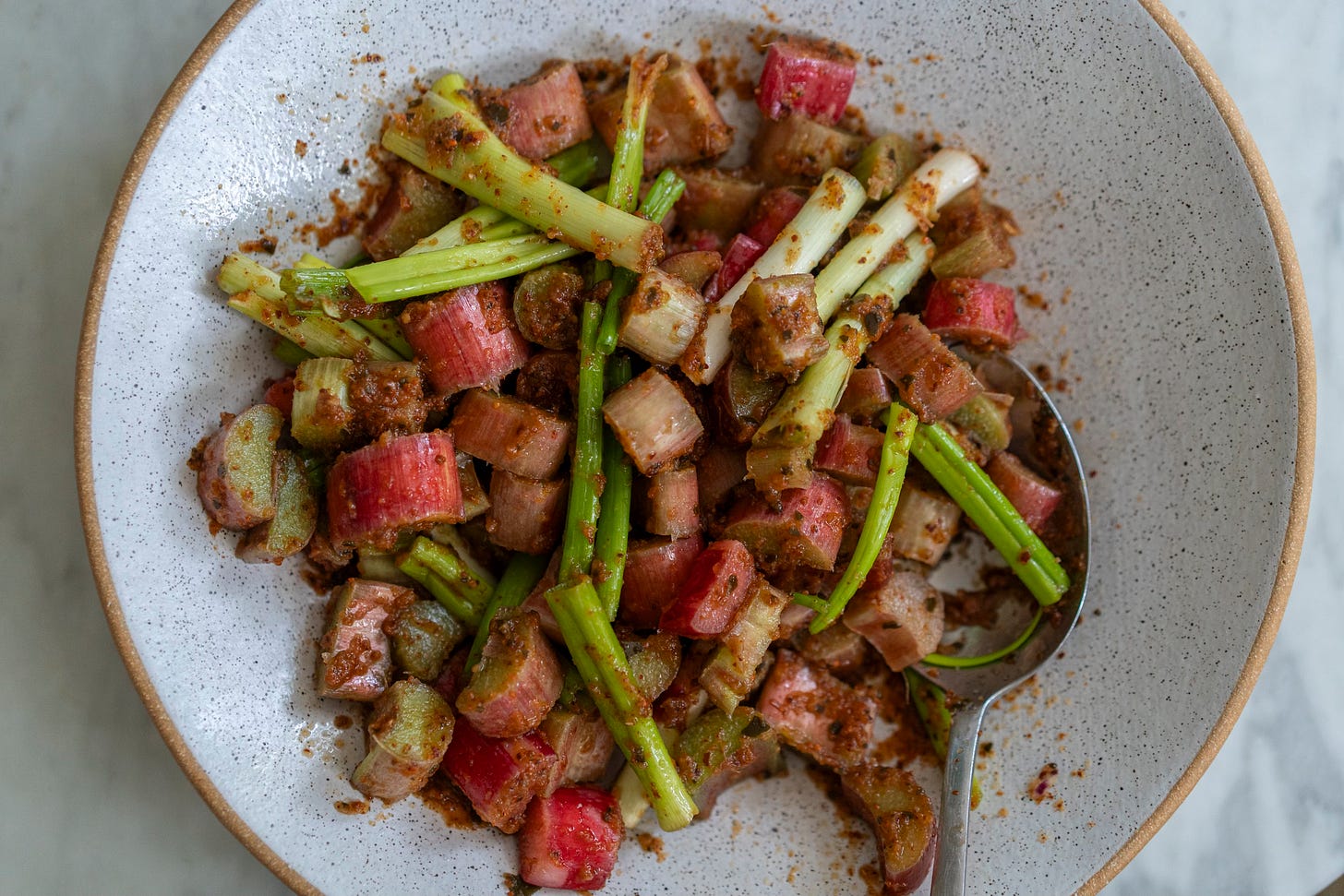
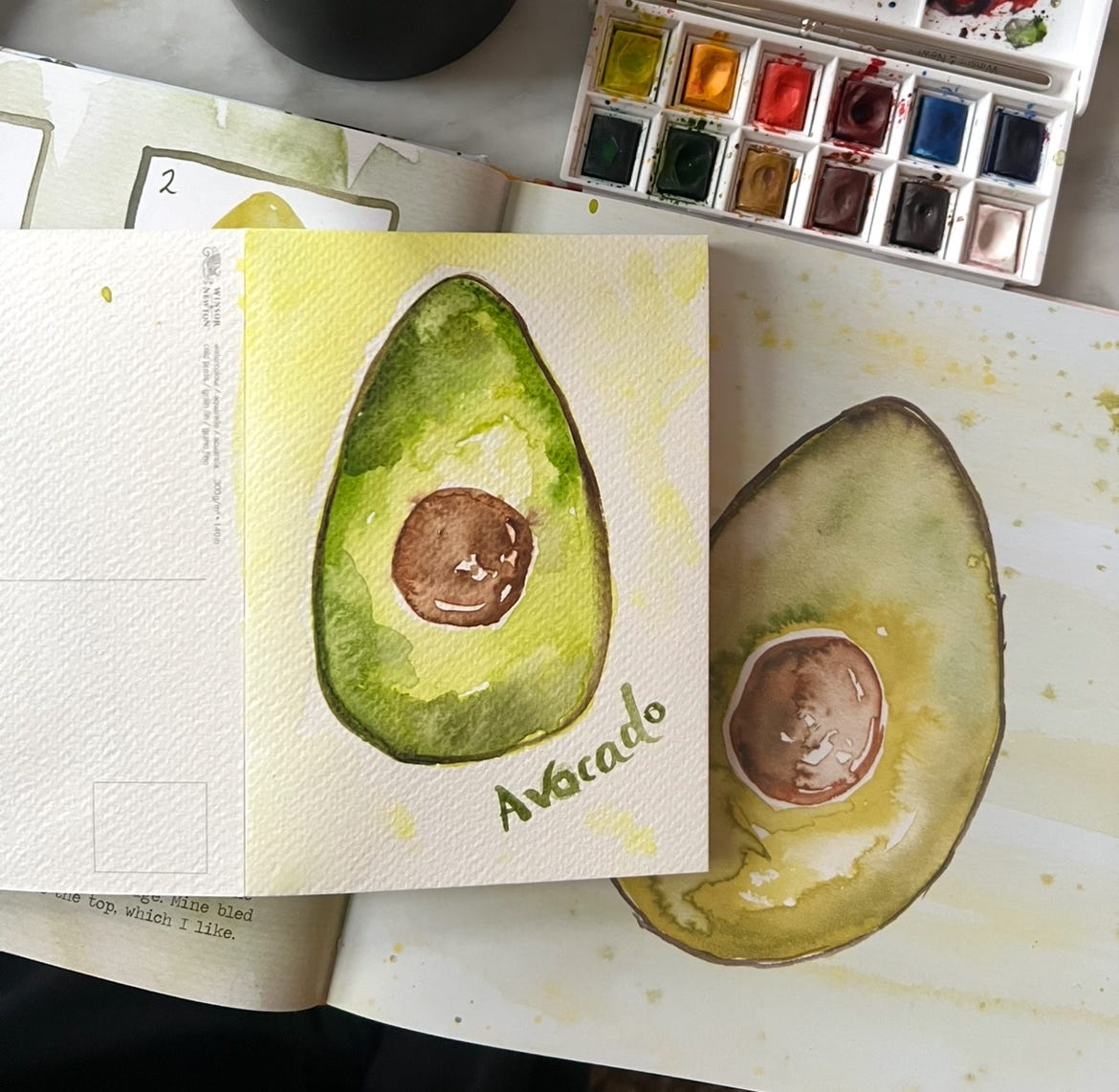

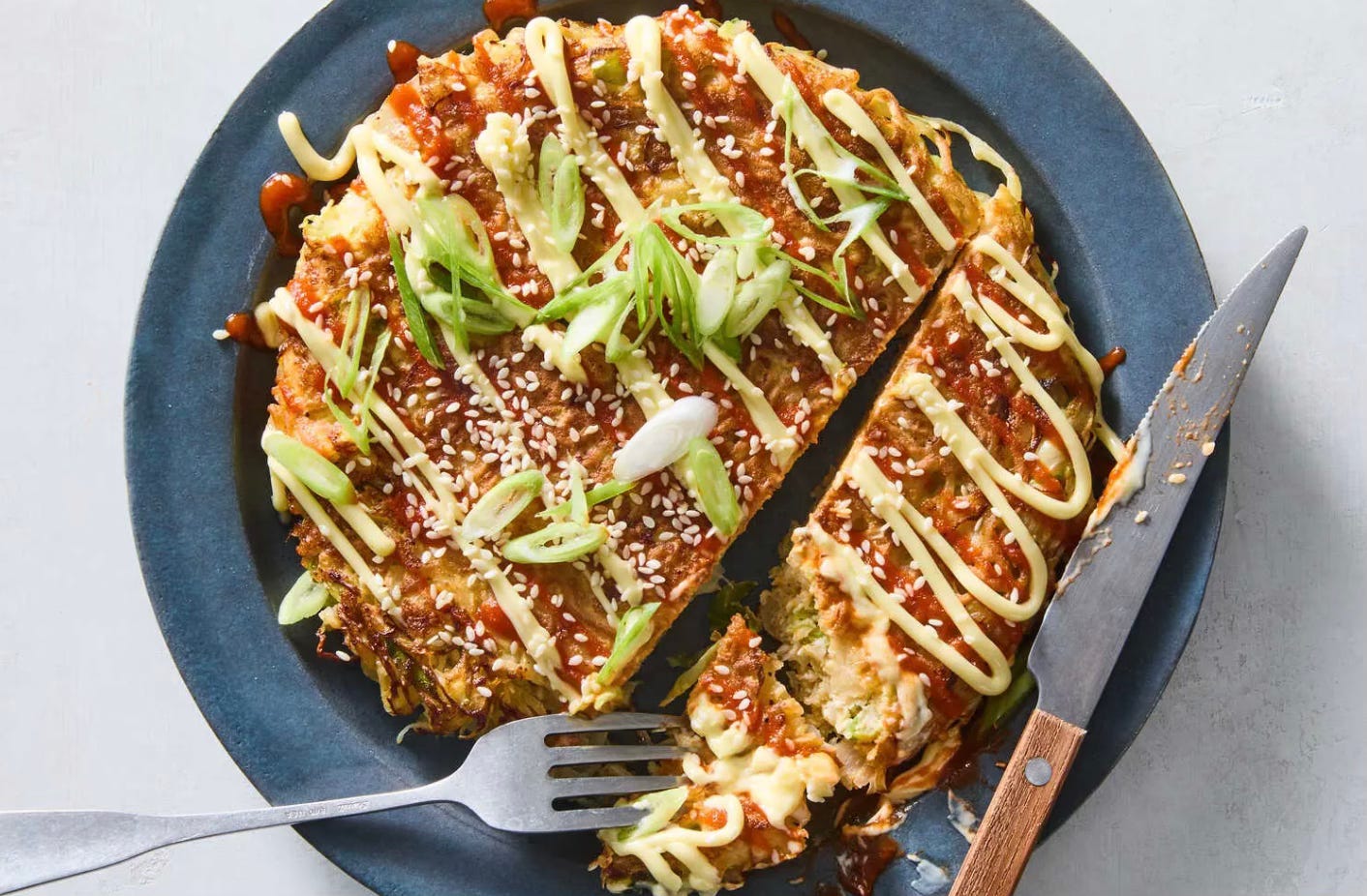
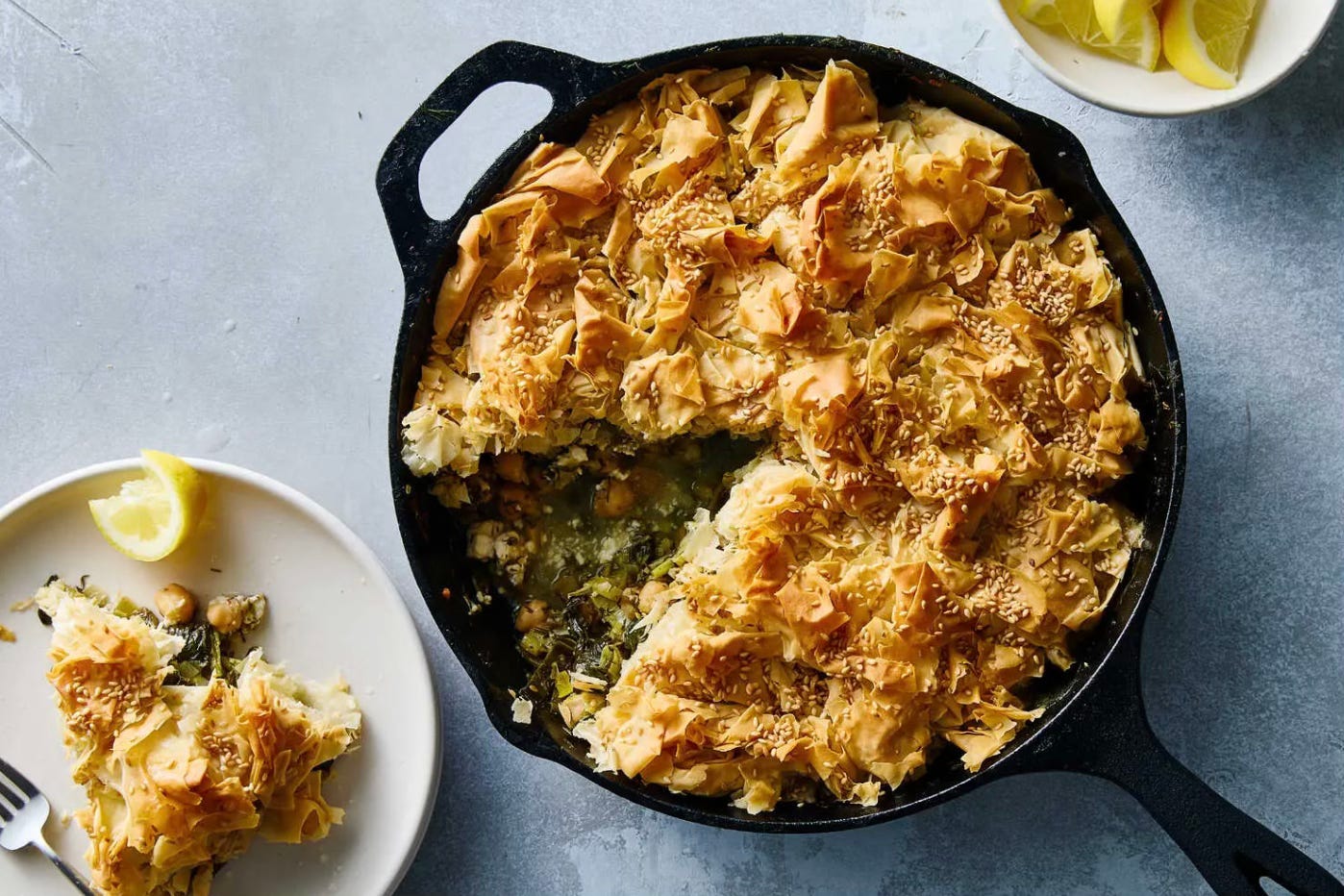

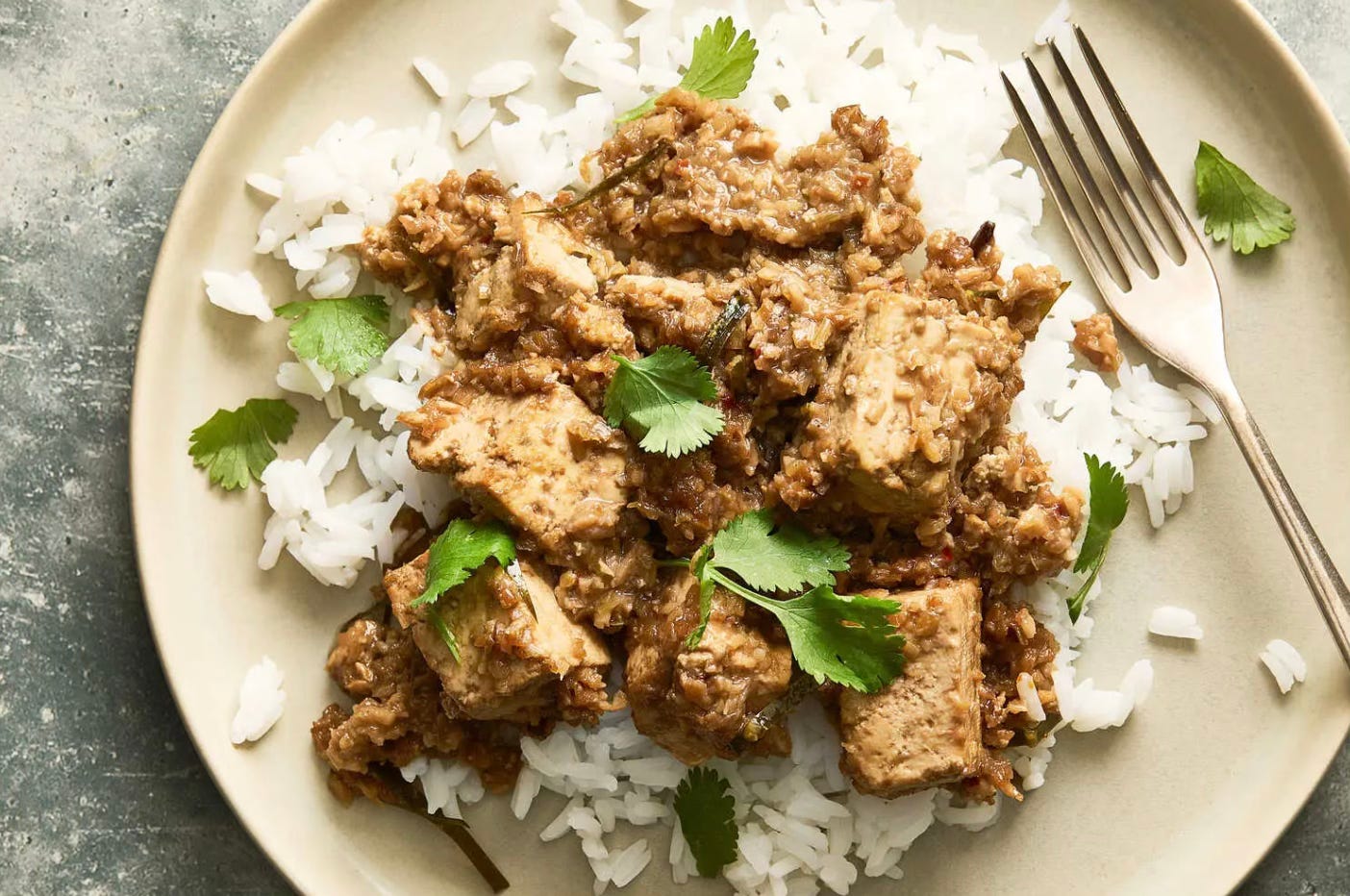
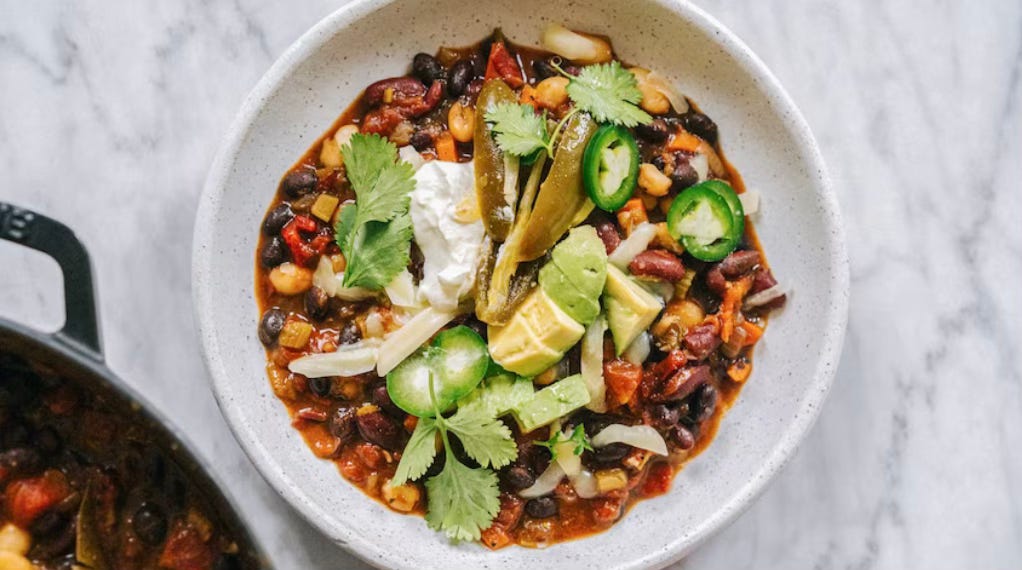



I made this the other day. It is awesome! I was having a bit of trouble imagining how it would turn out beforehand, but definitely wanted to try it. Great outcome, and I’m looking for ways to use the leftover paste. Apples will be my next foray with it. So great to be able to use it in different ways. So thank you for developing this.
One question: most of my ferments are covered in liquid, which is what preserves them. This, of course, is not. And there are some air pockets in the jar. You said this will keep for quite some time. So does that mean the paste acts as a preservative?
For one more savory rhubarb recipe, if you haven’t seen it: https://www.seriouseats.com/quick-pickled-rhubarb-lemongrass-ginger-recipe. This is really delightful.
Thank you for introducing me to the world of savory rhubarb. Both of your recipes were great, and inspired me to find that pickle recipe. I’d never done anything with rhubarb before. And now 3 different savory tries in the past two weeks.
Wow, I thought rhubarb HAD to be cooked to be edible (not palatable). This is VERY interesting!